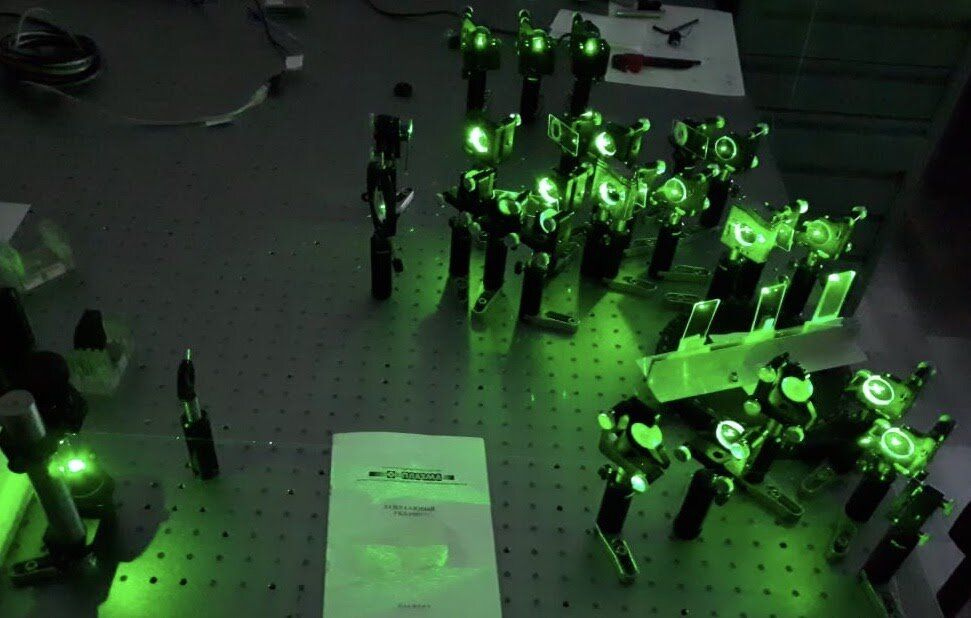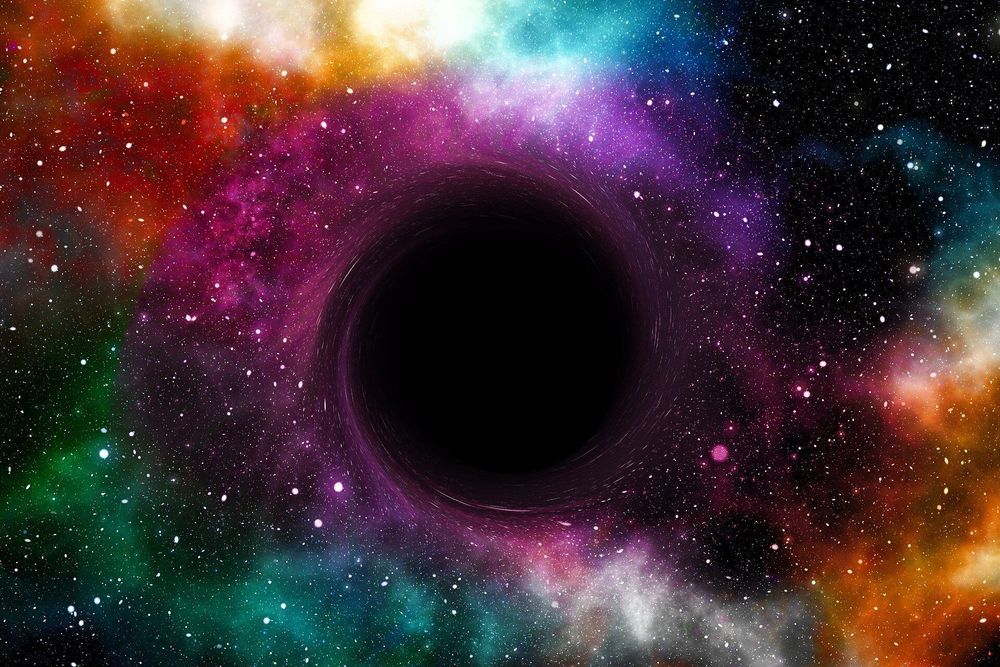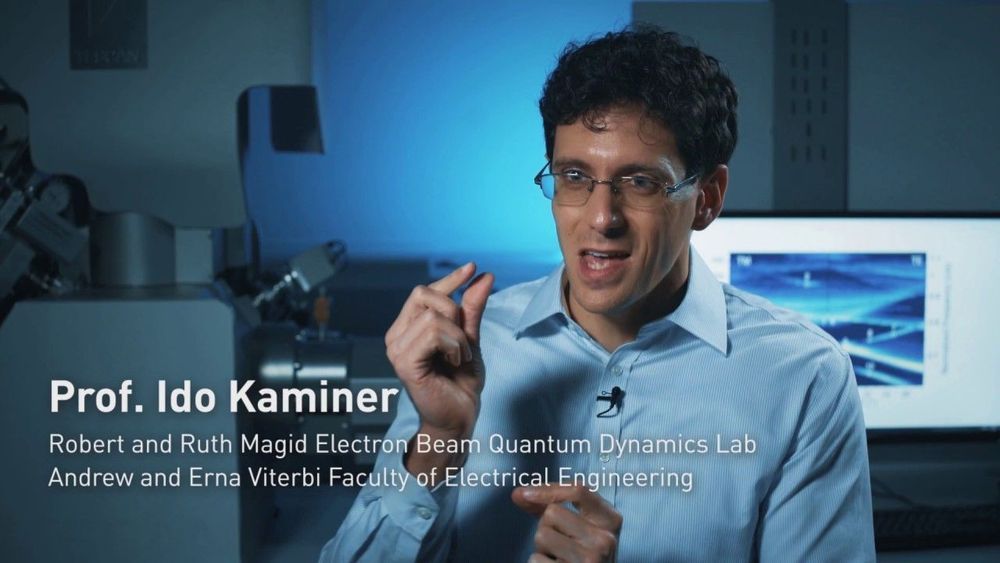Jun 8, 2020
Scientists Create Tiniest Semiconductor Laser – 3,000 Times Smaller Than a Millimeter
Posted by Quinn Sena in categories: nanotechnology, quantum physics
Scientists create smallest semiconductor laser that works in visible range at room temperature.
An international team of researchers led by researchers from ITMO University announced the development of the world’s most compact semiconductor laser that works in the visible range at room temperature. According to the authors of the research, the laser is a nanoparticle of only 310 nanometers in size (which is 3,000 times less than a millimeter) that can produce green coherent light at room temperature. The research article was published in ACS Nano.
This year, the international community of optical physicists celebrates the anniversary of a milestone event: 60 years ago, in the middle of May, American physicist Theodor Maiman demonstrated the operation of the first optical quantum generator — a laser. Now, Sixty years later, an international team of scientists published a work where they demonstrated experimentally the world’s most compact semiconductor laser that operates in the visible range at room temperature. This means that the coherent green light that it produces can be easily registered and even seen by a naked eye using a standard optical microscope.
















